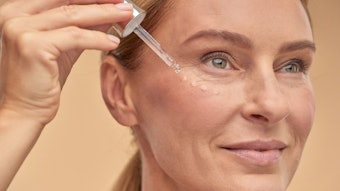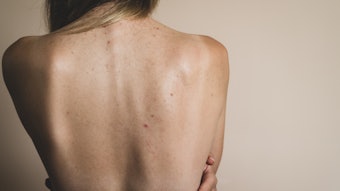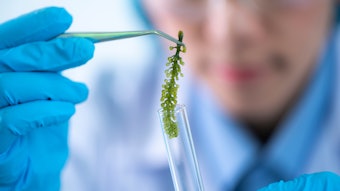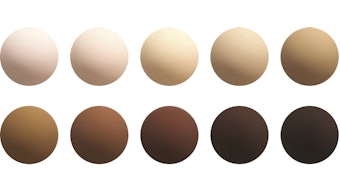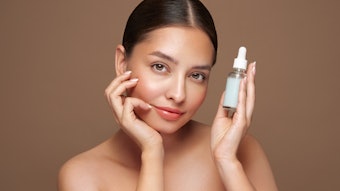Skin and Skin Care
3,4-Methylenedioxyphenol in antiaging: Sharma et al have published on the development and evaluation of 3,4-methylenedioxyphenol as an antiaging agent.1 Aging comprises changes that occur in living organisms with the passage of time, leading to increased system entropy, loss of homeostasis and eventually death. Of the various theories proposed, the free radical theory of aging is based on the concept that the shift in antioxidant/pro-oxidant balance leads to increased oxidative stress, de-regulation of cellular function and aging.
Accumulated damage caused by free radicals from UV exposure has been shown to extensively damage soft skin tissues. This also is known as photo-aging. The human body has built-in antioxidant mechanisms throughout to suppress uncontrolled free radicals, which sometimes fail due to overwhelming production of toxic radicals. This lack of balance can be offset by supplemental antioxidants.
3,4-methylenedioxyphenol (CAS number: 533-31-3), a highly acclaimed antioxidant, was selected as suitable to investigate and was shown to counter UV-induced oxidative stress in mouse skin, in terms of both biochemical and histopathological changes.
The source of radiation was a 300-watt UV lamp and mice of the lacca strain were chosen as an animal model for this study. Free radical levels generated were established using the Ohkawa method for estimation of lipid peroxidation in animal tissues. The results from biochemical and histopathological investigations clearly confirm that the 3,4-methylenedioxyphenol formulation is effective in preventing photodamage such as lesions, ulcers and changes in skin integrity due to chronic UV exposure.

